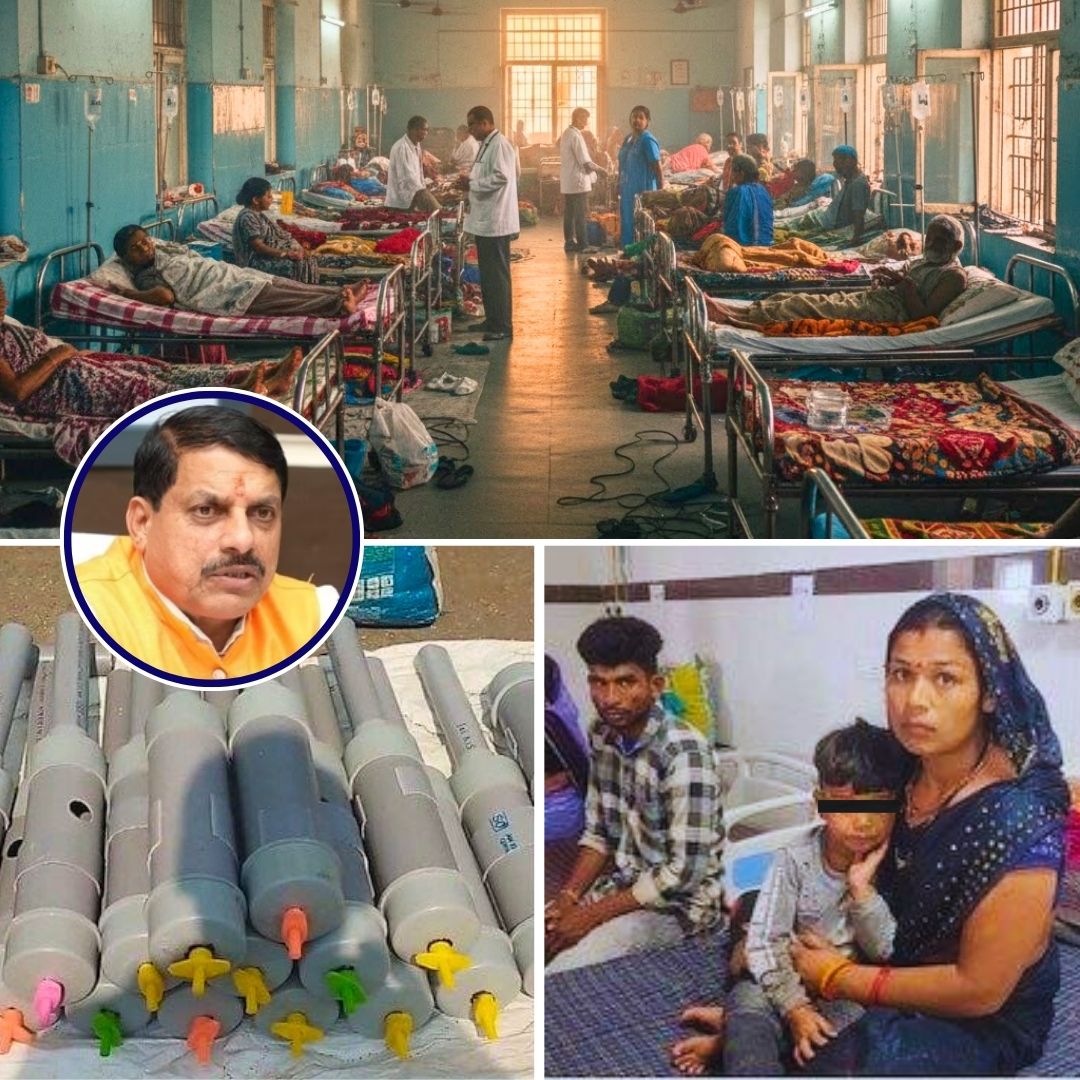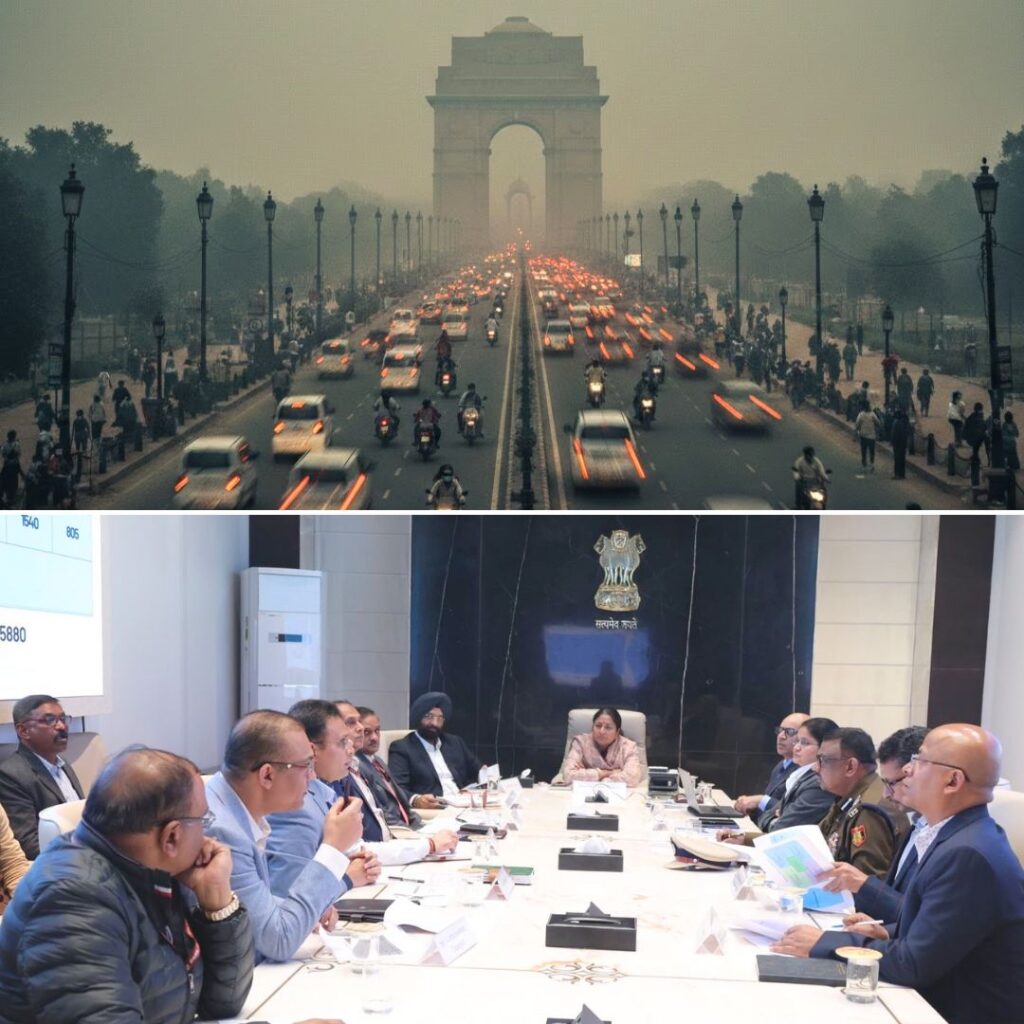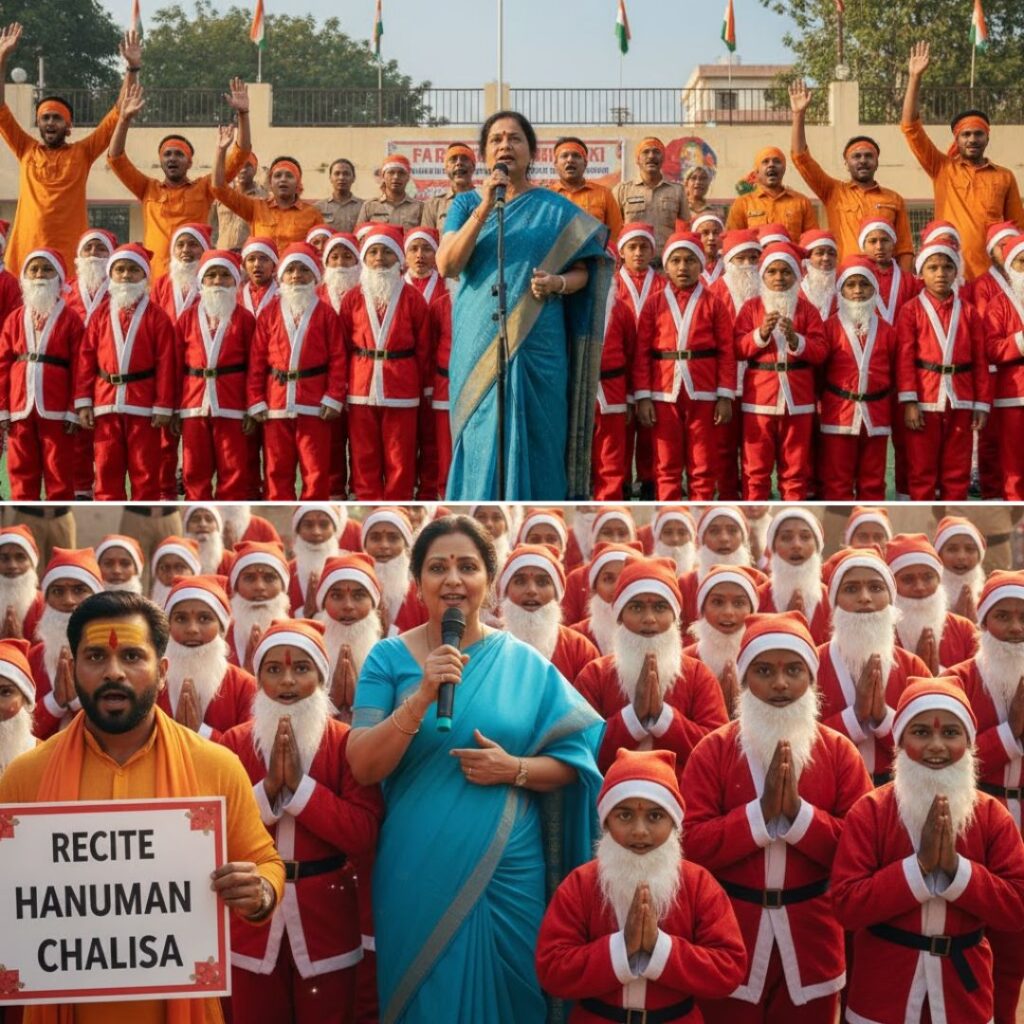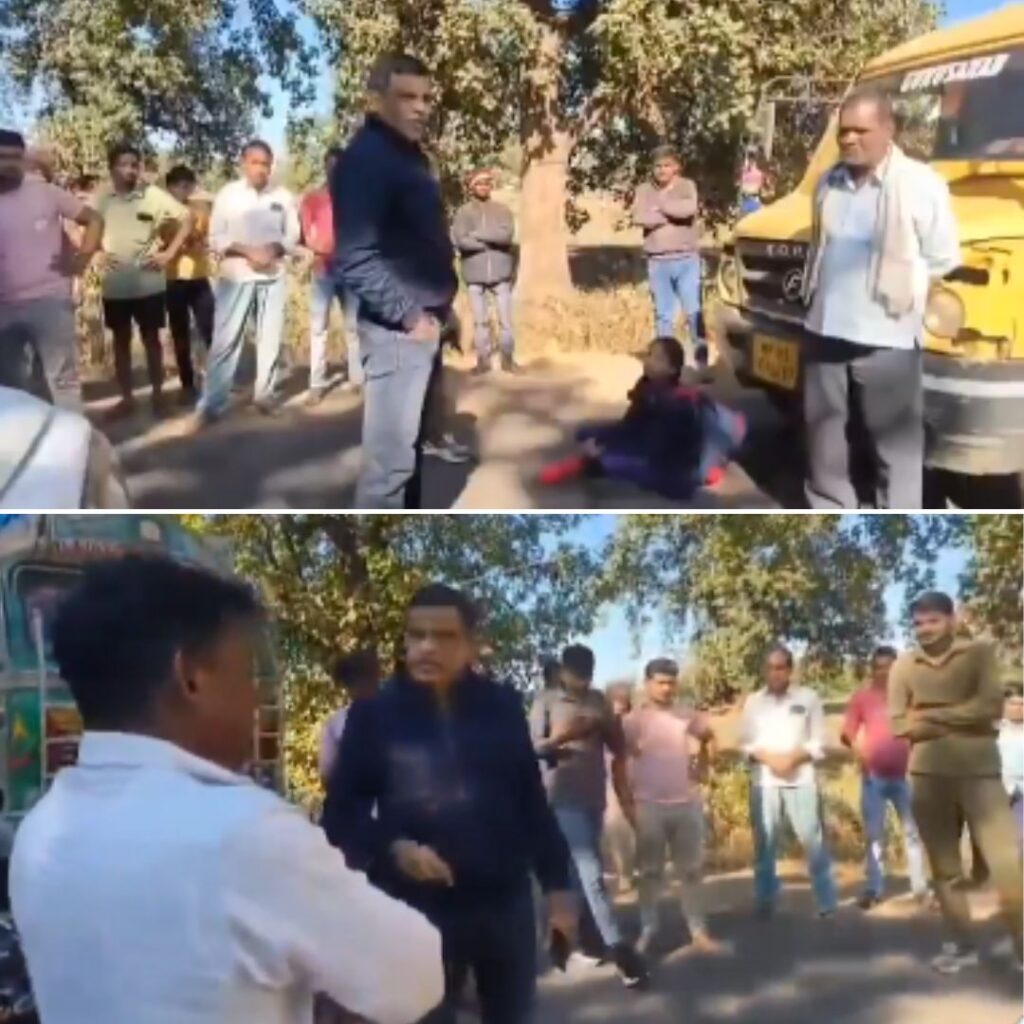Deepavali celebrations in Madhya Pradesh turned tragic as over 300 people, mostly children, were hospitalised following explosions caused by makeshift “carbide guns” – devices cobbled together from pipes, gas lighters, and calcium carbide.
Intended initially as tools to scare monkeys from farms, these crude explosives ignited during use, leading to devastating eye and facial injuries. At least 30 patients face permanent blindness, with hospitals in Bhopal, Gwalior, and Vidisha overwhelmed by burn and trauma cases.
State authorities, led by Deputy Chief Minister Rajendra Shukla, have ordered a statewide crackdown on illegal sales and social media clips promoting the devices.
Fires of Fun Turn Fatal
What began as playful enthusiasm swiftly spiralled into catastrophe across Bhopal. Children as young as eight suffered severe ocular burns when carbide guns – touted online as “safe firecracker alternatives” – exploded unpredictably. Doctors from AIIMS-Bhopal and Hamidia Hospital described the injuries as mostly “alkali burns”, which corrode the cornea and inner eye tissue, demanding long-term corrective surgeries.
“These are not toy guns; they are chemical bombs with instant combustion,” said Dr Bhavana Sharma, head of ophthalmology at AIIMS-Bhopal. In Bhopal alone, more than 150 people were treated, with dozens undergoing reconstructive surgery.
One young boy at Sudarshan Netralaya lost his left eye entirely after peering into a misfired gun’s barrel, an avoidable tragedy repeated across several wards.
Health teams across the state operated round the clock as victims arrived in waves from rural regions. “In 72 hours, we admitted over 120 children with facial burns and damaged vision – 14 of them will never regain sight,” reported one senior official at Gandhi Medical College.
Children from low-income areas, such as Berasia and Ehsan Nagar, were particularly affected as local vendors sold the crude devices for just ₹150–₹200, while many others assembled them at home with materials easily purchased from hardware stores or through online markets.
Social Media Fuelled the Trend
Investigations revealed that the “carbide gun craze” gained traction through viral Instagram Reels and YouTube Shorts that glamorised the explosive blasts as Diwali stunts. In these clips, users demonstrated DIY versions using plastic tubes, matchstick heads, and calcium carbide – often labelled as “PVC monkey repeller guns.”
While authorities banned their sale on October 18, traders in Vidisha and suburban Bhopal continued to stock them openly. “The ban came too late. By the time we sent alerts, hundreds of units were already in homes,” a Bhopal police officer admitted.
The devices work through a rapid chemical reaction: water meets calcium carbide, producing acetylene gas – a compound known for its explosive potential. A small spark ignites the gas, releasing pressure so sharply that plastic shards and hot gases are fired outward like shrapnel.
Experts compared them to miniature cannons capable of inflicting irreversible thermal and chemical injuries. Some youths reportedly mixed match-head powder for louder noise, turning them into makeshift explosives. “In many cases, the plastic itself melts into the cornea, making recovery almost impossible,” said ophthalmic surgeon Dr Sooraj Singh Kubrey.
Statewide Crackdown After Delay
After widespread outrage, the Madhya Pradesh government ordered an immediate crackdown. Police seized dozens of carbide guns from street stalls in Bhopal and Vidisha, arresting six people for illegal trading. Health teams were dispatched to monitor local markets and educate vendors, while government hospitals were instructed to offer free treatment to victims. “All affected children will receive full medical attention, and families will be compensated,” Deputy CM Rajendra Shukla stated following a review meeting.
However, citizens and activists criticised authorities for ignoring early warnings. Parents of the injured demanded accountability and better regulation. “Such devices should never have reached children’s hands. Why were they allowed to flood the market before Diwali?” asked Mohammad Khan, father of a 13-year-old victim from Govindpura.
Eye specialists noted that surgery costs can run up to several lakhs per patient, forcing poor families into financial distress. Medical teams are now recommending rehabilitation and long-term vision therapy for dozens of victims.
Chief Medical Health Officer Dr Manish Sharma expressed concern that many rural residents may still report injuries in the coming weeks as awareness grows. Preliminary estimates suggest over 300 affected people statewide, including secondary infections from burns caused by acetylene exposure.
The Logical Indian’s Perspective
This painful chapter serves as a call for collective accountability. Deepavali – a festival symbolising light, wisdom, and renewal – has been overshadowed by preventable harm and social negligence. When innovation meets recklessness, even celebration turns catastrophic.
The Logical Indian urges citizens to reject unsafe practices, demand stronger oversight of online trends, and cultivate a culture of empathy and foresight.
Authorities must strengthen digital monitoring systems, regulate hazardous materials more forcefully, and collaborate with communities to ensure that joy does not come at the cost of children’s safety and vision.












